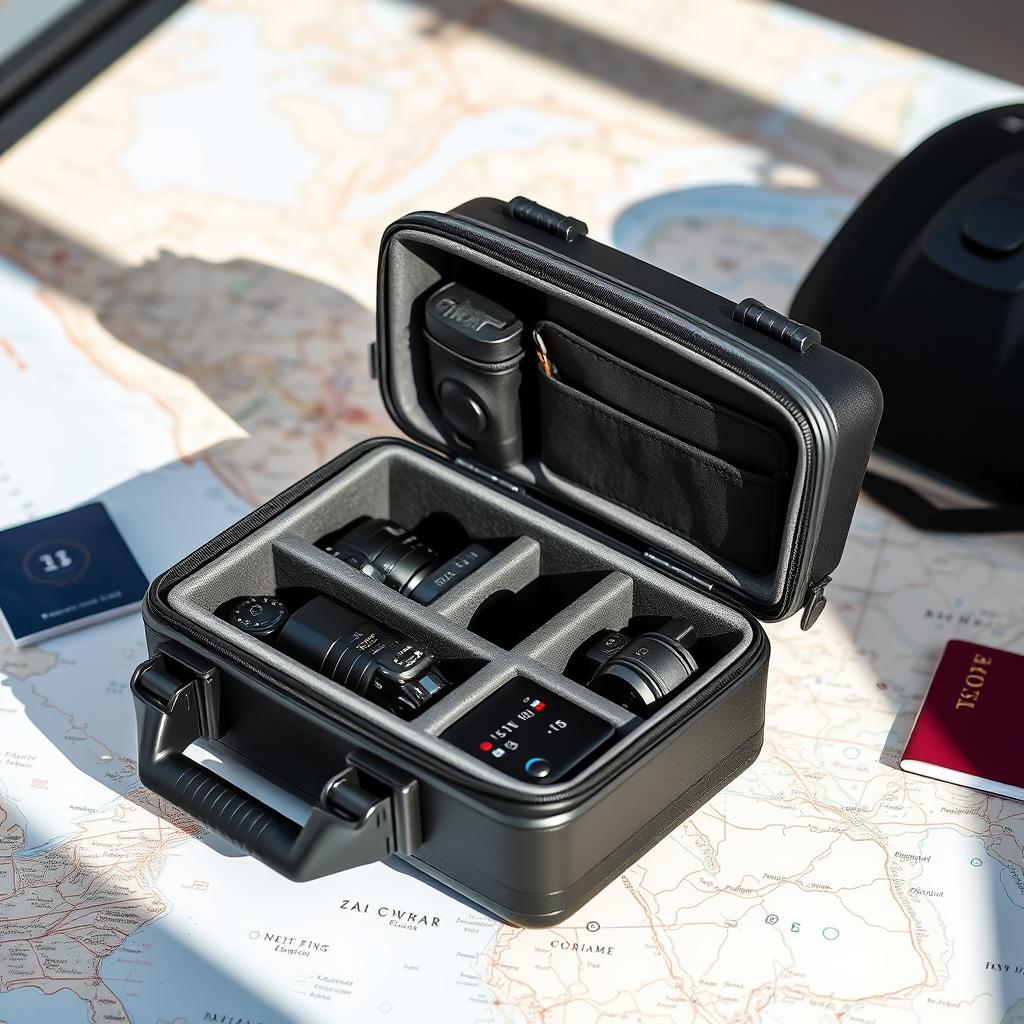The world of technology and content creation continues to evolve, creating a myriad of devices that make capturing reality an immersive experience. Two such devices that have gained popularity are 360-degree cameras and virtual reality (VR) devices. Yet, while both offer unique ways of recording and experiencing content, they are not the same thing. This article will delve into the core differences between a 360-degree camera and VR, dispelling any confusion and helping you understand which gadget fits your needs best.
Understanding VR: A Digital Escape
Virtual Reality, or VR, offers a completely immersive experience that transports the user to a different environment or reality. This is typically achieved using a VR headset that tracks the user’s head movements, rendering a 3D computer-generated environment that shifts with each move.
To make this clearer, imagine standing on top of Mount Everest without leaving your living room, or walking through a prehistoric forest filled with dinosaurs. This is what VR offers — an escape from physical reality into a digital one.
The Scope of 360-Degree Cameras: Full Circle View
On the other hand, a 360-degree camera is a device that allows you to capture photos or videos in a spherical format. This camera records a 360-degree view of the surroundings, letting viewers see in every direction. Viewers can explore these images or videos interactively, choosing where to look within the 360-degree field.
Think about standing in the center of a room and being able to see every part of it, up, down, and around, without turning your head. That’s the kind of visual content a 360-degree camera produces.
Where They Converge and Diverge
Both VR and 360-degree cameras contribute to immersive experiences. In fact, 360-degree cameras are often used to create content for VR. However, they are fundamentally different.
A key difference lies in interactivity and control. In VR, the user is an active participant, controlling their viewpoint through their actions. They can move around and interact with the environment. With 360-degree content, the viewer’s movement is restricted to changing the direction of view within the video or image; they can’t interact with the content.
Deciding Between VR and a 360-Degree Camera
Choosing between VR and a 360-degree camera depends largely on your goals. If you wish to create an immersive environment where users can explore freely, VR is the way to go. However, if your goal is to create captivating spherical content that provides a panoramic view of a scene, a 360-degree camera is your ideal tool.
Remember, VR and 360-degree cameras aren’t in competition — they’re different tools used to achieve different outcomes in the vast landscape of immersive technology. Understanding their unique characteristics will help you choose the right tool for your creative endeavors.
In Conclusion: Breaking Down Digital Boundaries
Both VR and 360-degree cameras serve as formidable allies for content creators, breaking down the boundaries of traditional media and offering viewers more engaging and immersive experiences. By understanding the differences between these two technologies, you can better harness their capabilities to bring your creative visions to life. Whether you choose VR or a 360-degree camera, one thing is certain: the future of content creation is set to be immersive, interactive, and incredibly exciting.







